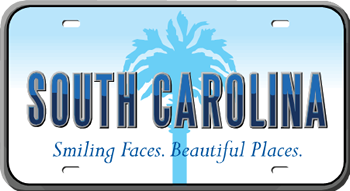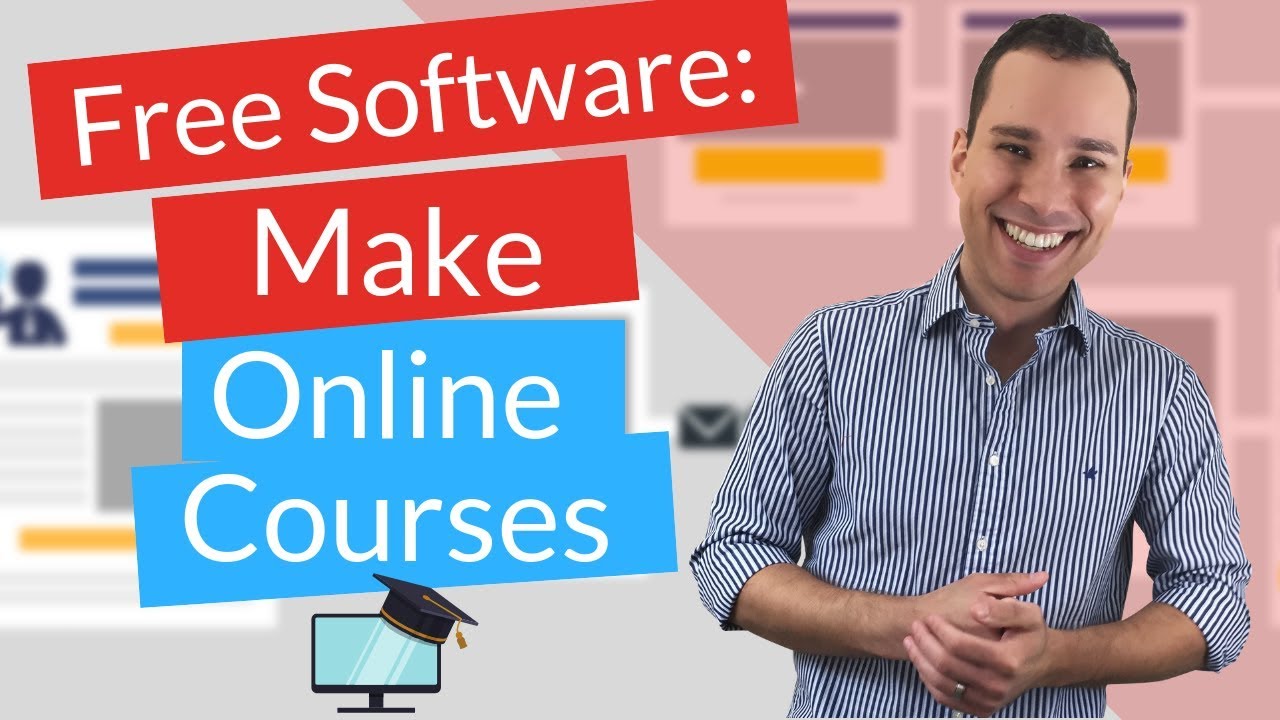
Secondary education can be described as one of two levels of International Standard Classification of Education. Lower secondary education can be considered the last stage of basic schooling. While level three refers to the stage before tertiary education. While both are important, secondary education tends to be more intense than elementary education. This article will cover the various types of courses and their careers. There are other important things to remember:
School of Education
Secondary education is a school that offers many courses and awards a certificate of maturity. The sixteen-year-old secondary school student has completed their secondary education program. Reifezeugnis (or certificate) is required to enter higher education. Secondary education is essential for children's future development. There are many courses offered by secondary schools, including English language study, career preparation, prevocational courses, general education, and English language studies.
Secondary education forms a large part of American education and includes grades six through twelve. Secondary education can be considered equivalent to high-school in many English-speaking regions. This education is for high school students. They often go on into college, university, or get into the workforce after finishing their secondary education. In most cases, secondary education is voluntary. There are many options for further education. The knowledge, skills and abilities required to work, be independent, or self-sufficient will all be available to those who have completed a secondary education degree.

Curriculum
American education system used a curriculum that stressed practical learning and social utility. A number of vocational and practical subjects were added to the curriculum in the second decade of the 20th century. A variety of subjects, such as family and driver education, consumer economics, and mathematics to help you live your daily life, were added to this curriculum. All of these subjects eventually became crucial to secondary school students' education. However, secondary school education still has its primary purpose: to give students a broad education that prepares them for college or career success.
Many factors have led to reforms in secondary education. The most important drivers for reforming curriculum are trends in achievement, funding and demographics. The average age at which high school graduates are in the United States has increased from 73 to 86 per cent in 1970 to 86 today. States are increasing graduation requirements as a result. To meet all students' needs, the Secondary Curriculum must reflect these changes. These challenges can be daunting.
Courses
A foundational course in secondary education is essential for a career as teacher. These courses cover theories and concepts as well as an overview of the U.S. educational system. These foundational courses have many applications and are highly valuable. Students might need to formulate a personal view of education. Teachers must also have solid lesson planning skills and instructional skills. A teacher must be able communicate verbally and actively with others.
Secondary education programs can prepare you for the certification exam. Candidates who are interested in becoming teachers must complete ten core seminars as well as two capstone courses in clinical practice. Additionally, candidates must pass the Praxis II Secondary Content Knowledge Test or equivalent proficiencies to earn a license. The Hawaii Pacific University School of Education is accredited nationally until June 30, 2028. The program will help you become a teacher and a member of AAQEP.

You have many options for career choices
There are many choices after you complete secondary education. For students to make informed decisions about their future, they can turn to the guidance counselor, their school's career centre, and the Occupational Outlook Handbook. It is important to ensure that the websites you choose are trustworthy. This list includes websites for career exploration and post-secondary education. Lastly, your local library is a good source for career information. The library offers free Internet access for students if you need help finding work.
Students in high school can study courses in commercial cooking and aged care. A growing field, social media and search engine optimization are also available to students. Many companies are looking for social media professionals and experts. Business and accounting majors also have a wide range of career options available to them after high school. Many vocational schools also offer career preparation programs. No matter what career path a student chooses to follow, it is important that they explore all options before making a decision.
FAQ
How do you apply to college?
There are many ways to apply for college. You can get started by contacting your high school guidance counselor or admissions representative. Online applications are popular among high schools. Local colleges can also be reached directly. Most colleges accept applications online through their websites.
If you apply by mail, you will need fill out an application and to send copies of all necessary documents. You can use the personal statement to tell why you would like to study at this school and what its benefits are to you. It is also helpful for admissions committee members to understand your goals, motivations, and values.
On our website, you will find samples of essays that can be downloaded.
What's the difference between private and public schools?
All students can attend the public school for no cost. They offer education from kindergarten to high school. Tuition fees are charged by private schools for each student. They provide education for students from pre-school through college.
There are also charter schools, which are publicly funded but privately run. Charter schools don't follow traditional curricula. Instead, they give their students more freedom to learn what interests them.
Charter schools are very popular with parents who believe that all children should have equal access to education, regardless of their financial circumstances.
What exactly is a school of trade?
Trade schools can be an alternative for those who have not had success in traditional higher education to obtain a degree. They provide career-oriented programs to help students prepare for specific occupations. The programs offer two-year courses in one semester. Students then go on to a paid apprenticeship program, where they are trained in a specific job skill set and given practical training. Trade schools include vocational schools, technical colleges, community colleges, junior colleges, and universities. Some trade schools also offer associate programs.
What is a vocational school?
Vocational school programs are designed to prepare individuals for specific jobs. These schools may offer general education and training in the skills required by employers.
Vocational education is an important part of our society because it helps young people develop the skills they need to succeed in life. It provides high-quality learning opportunities for all students.
A vocational school gives its students many options. This includes certificates, diplomas/degrees, apprenticeships, certificates as well college transfer programs and other postsecondary credentials. Vocational schools teach academic and practical subjects, such as math, science, English, social studies, art, music, physical education, computer technology, business, health care, and others.
How much time should I devote to studying each semester?
The length of your studies will depend on several factors.
In addition to these factors, some schools may require you to take certain classes yearly. This means you might not have the freedom to take less courses during a semester. Your advisor will tell you which courses are required for each semester.
Statistics
- “Children of homeowners are 116% more likely to graduate from college than children of renters of the same age, race, and income. (habitatbroward.org)
- Think of the rhetorical power of nineteenth-century abolitionist Harriet Beecher Stowe, Martin Luther King, Jr., or Occupy Wall Street activists with their rallying cry of “we are the 99 percent.” (bostonreview.net)
- Among STEM majors, that number is 83.5 percent. (bostonreview.net)
- They are also 25% more likely to graduate from high school and have higher math and reading scores, with fewer behavioral problems,” according to research at the University of Tennessee. (habitatbroward.org)
- And, within ten years of graduation, 44.1 percent of 1993 humanities graduates had written to public officials, compared to 30.1 percent of STEM majors. (bostonreview.net)
External Links
How To
Where can I learn to become a teacher
Teaching jobs are available in public elementary schools, private elementary schools, public middle schools, private middle schools, public secondary schools, private secondary schools, charter schools, private and parochial (Catholic) schools, public and private (non-religious) daycare centers, and other settings.
A bachelor's degree is required to become a teacher.
-
A university or college that is four-years in length
-
Associate's degree program
-
Two-year programs at community colleges
-
These three types of programs can be combined
State requirements are required to qualify for teaching certification. These include passing standardized testing and completing an internship period.
Many states require applicants to pass the Praxis II test. This test measures the candidate’s knowledge in reading, writing mathematics, and language arts.
Many states also require that applicants obtain a specialized licensure before being certified as teachers.
These licenses are issued annually by the state boards of education.
Some states grant licenses to applicants without any additional testing. To determine if your state has granted licenses without additional testing, you should contact the board in your state.
Some states don't grant licenses to applicants who haven't completed a masters degree program.
Other states allow individuals to apply directly to the state board of education for licensure.
The price, duration, and coursework required for licenses can vary greatly.
You might find that certain states only require you to have a highschool diploma. Others require you to have a bachelor's.
Some states have specific requirements for training, such a literacy or child-development course.
Some states require applicants to hold a master's in order for them to be licensed.
Many states ask teachers who are applying for certification about their employment history.
If you worked in another profession, you might want to mention it on your application.
However, the majority of states will accept any previous work experience regardless of what job it was.
You may wish to list your previous job title, position, and years of service.
This information is often helpful to potential employers.
It shows them that your skills and experiences are relevant.
You may have gained valuable work experience and new skills while working.
Future employers can view your resume.